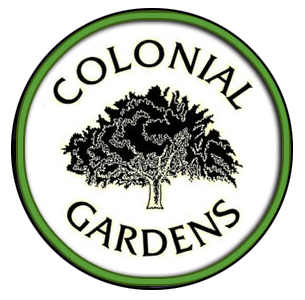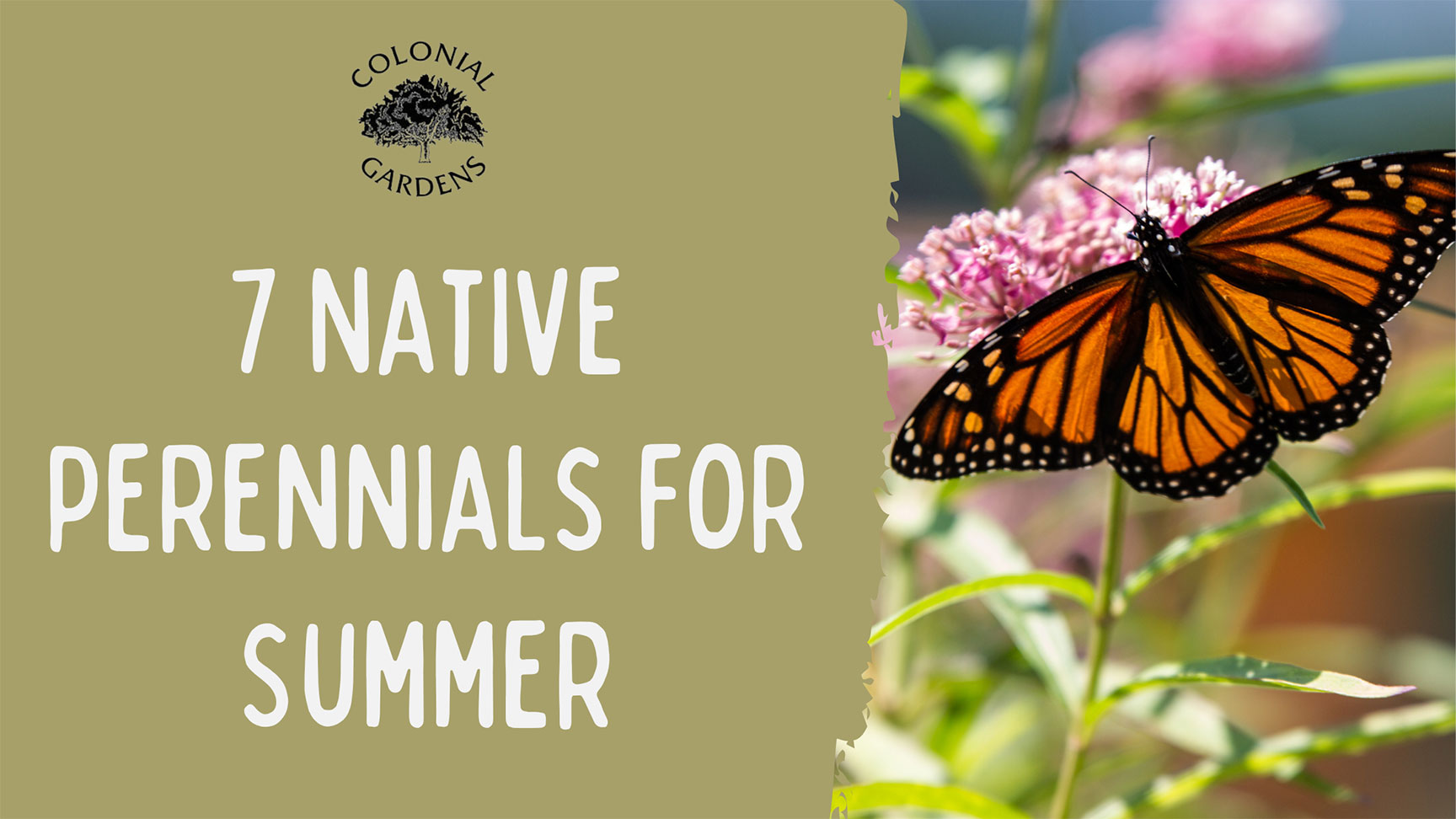
If you’ve populated your garden with native plants, it can sometimes feel like the season doesn’t really get started until May. That’s when many of our native plants, especially those long summer bloomers, begin to emerge from dormancy. Given the right conditions, you’ll notice notable growth as the weather warms in late spring. For many of these plants, the blooms start in earnest in the summer.
Native plants have been historically overlooked as garden plants, but there are some that are very well-suited to formal landscapes. The emergence of smaller, longer-blooming, and disease resistant cultivated varieties have further opened up the possibilities of using native plants in small garden settings. This is a game-changer for transforming our gardens into better habitat for local pollinators, birds, and other wildlife.
This blog lists some of our favorite summer native perennials, based on their hardiness, beauty, and value to local wildlife. This is by no means an exhaustive list and doesn’t include some great shrubs, trees, and sedges! Please check out the end of the blog for additional notable native perennials that shine in the summer.
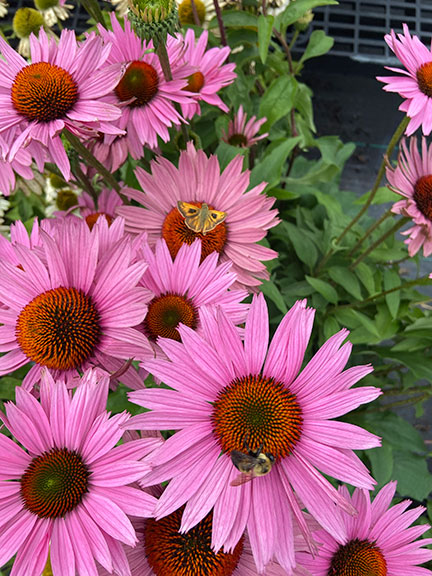
Purple Coneflower (Echinacea)
Purple coneflower is possibly our favorite native perennial of all time! (Don’t tell the others.) This versatile perennial is prized for its beautiful, long-blooming flowers that feed a variety of native wildlife including butterflies, bees, and songbirds. Modern plant breeders have gone hog-wild with different varieties of coneflowers, changing the size of the plant, color of the bloom, and improving its disease resistance. What this means is that there is a size coneflower that fits almost any garden. While we see pollinators land on most any color of coneflower we carry, scientists recommend choosing a coneflower with a simple center, rather than the pom-pom series to best benefit wildlife. If you’re going to choose one native plant this summer, this is our number one choice.
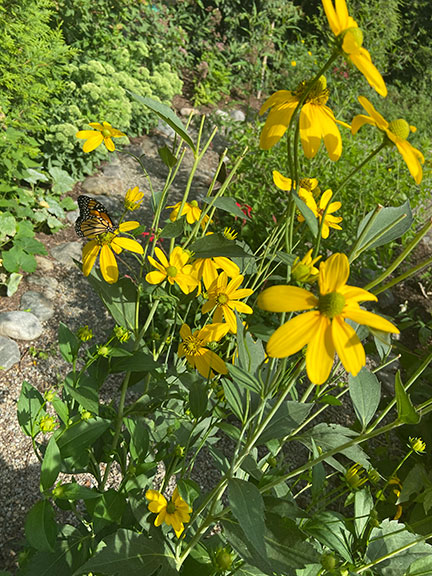
Ox-Eye (Heliopsis)
Heliopsis helianthoides is a member of the sunflower family. They are a long-blooming, reliable perennial that belong in the category of landscaping staples. This perennial sports dozens of bright yellow blooms that attract bees and butterflies. Many new versions like ‘Tuscan Sun’ are compact and blanketed in blooms, making them perfectly suited for the front of your garden beds. Heliopsis prefer full sun conditions for the best flower performance.
Milkweed (Asclepias)
Summer is milkweed’s time to shine! You’ve likely heard of milkweed as the host plant for monarch butterflies. It is actually a genus of related plants and monarchs will lay their eggs on many different species of milkweed. This plant doesn’t normally begin to emerge for the season until early May and then flowers in the summer. The blooms feed adult butterflies and many native bees. The monarch butterfly will lay eggs on the plant and its caterpillars will eat the leaves for energy.
We carry common milkweed, swamp milkweed, and butterfly weed. Common milkweed should only be planted in areas where you are comfortable with it taking over. If you have a smaller garden, try butterfly weed, a smaller member of the milkweed family as a perennial for the middle of your garden bed. If you have damp soil, try swamp milkweed.
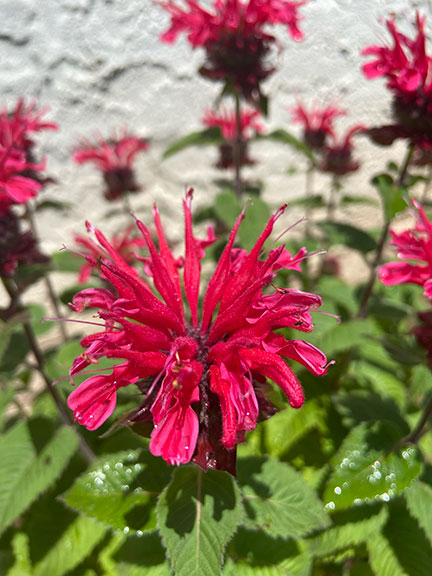
BeeBalm (Monarda)
Monarda goes by many names: bee-balm and wild bergamot are the most popular. When this plant blooms, it has a cluster of flowers that look almost alien with clusters of vibrant flowers that top their stalks. Butterflies, bees, and hummingbirds all love to drink the nectar of this plant. Monarda is a member of the mint family, which means that it loves to spread. If you’re planting monarda, choose a spot that you’re comfortable with it taking over or pair it with other aggressive competitors to limit its spread.
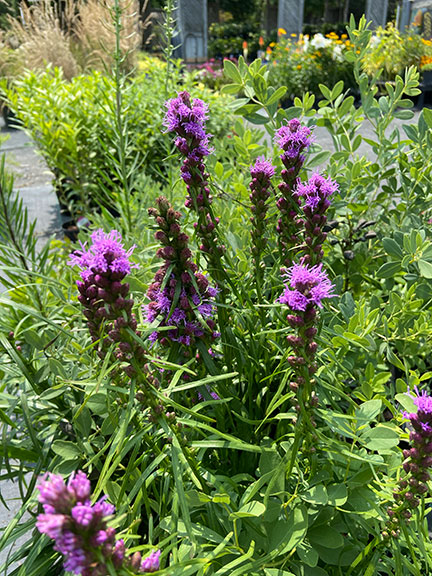
Blazing Star (Liatris)
A striking purple plant right out of Dr. Seuss! Liatris emerges with stalks that burst into purple blooms in the second half of the summer. There are several species of native blazing star, so check the tags for ones that prefer dry or moist conditions. All liatris like full sun to part shade. Like many native plants, liatris prefers lean soil with no amendments. Adding too many nutrients can cause liatris to become floppy. Use liatris as an accent within your landscape or plant in large swaths for a wave of color.

Joe-Pye Weed (Eutrochium)
Don’t let its common name fool you–this “weed” is a great landscape performer and an excellent choice to support pollinators. While the wild version of this plant can grow over 8 feet tall, horticulture specimens have been bred for a more compact size, which allows for its use in many more settings. Once this plant blooms, expect it to be covered in happy native bees for weeks.
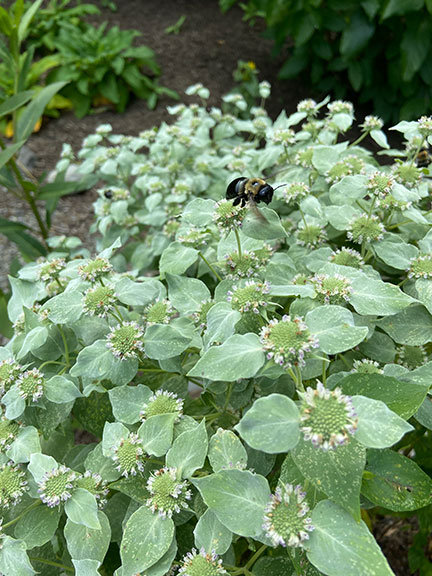
Mountain Mint (Pycnanthemum)
If you approach a mountainmint plant in the middle of summer, you may hear the buzzing before you even see the flowers. This plant is truly one of our native bees’ favorite plants. Its flowers are abundant, but diminutive. From a human perspective, the silvery foliage by each flower (bracts) that stands out in the garden bed more than the blooms. A true member of the mint family, you can crinkle the leaves and smell a cool minty scent. Place towards the back of the bed with a shorter native in front for the best impact.
Native plants are great additions to your garden, often with lower maintenance than other plants and irreplaceable benefits to wildlife. Check out all of these options and more in our native section out in our perennial beds. We’d be happy to help you pick the perfect plant for your needs! Happy gardening!
Other Summer Blooming Native Plants:
- Coreopsis
- Mistflower
- Cardinal Flower
- Helianthus
- Penstemon
Colonial Gardens is an independent garden center located in Phoenixville in Chester County, Pennsylvania since 1967. We carry one of the widest selection of annuals, perennials, trees and shrubs, and food gardening crops in Southeastern Pennsylvania. We offer professional landscaping services and a full-service florist. Visit our greenhouse for unique houseplants and our gift shop for gifts and garden accessories. In the fall and winter, join us for our family-friendly seasonal events and Christmas shop.
